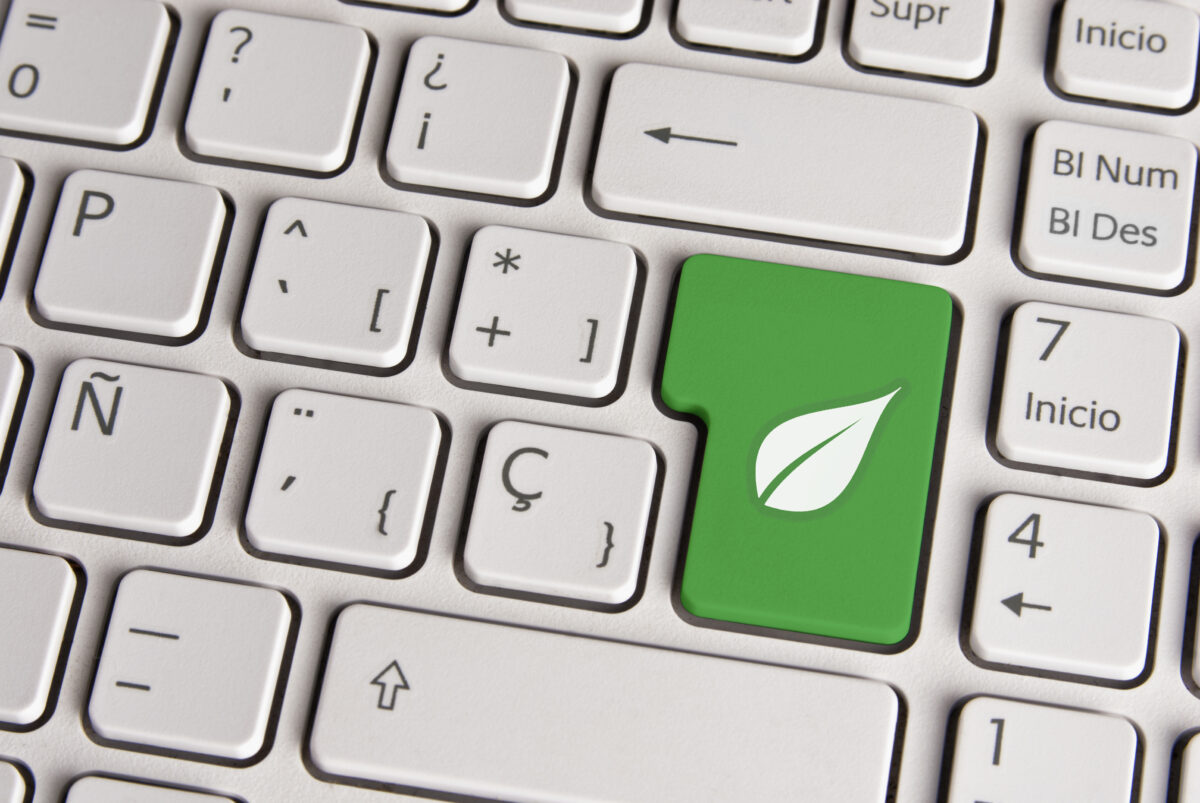Table of Contents

As the digital world expands, so does its impact on the environment. Websites, though seemingly intangible, contribute to carbon emissions through energy consumption. Each time a webpage loads, data is transferred from servers to users, requiring energy that often comes from non-renewable sources. Creating eco-friendly websites is not just a trend; it’s a responsibility for developers and businesses aiming to reduce their carbon footprint. This guide explores the best practices for creating energy-efficient websites that are environmentally sustainable.
Why Eco-Friendly Websites Matter
The Environmental Impact of Websites
Every time someone visits a website, servers use electricity to load the site’s content. According to a study by Website Carbon, the internet contributes to nearly 4% of global carbon emissions—a figure that is expected to grow. This highlights the urgent need to focus on sustainable web design and development practices to reduce the carbon footprint of our digital activities.
Benefits of Sustainable Web Design
Reducing a website’s carbon footprint not only benefits the environment but can also enhance the user experience. Many steps taken to create eco-friendly websites—such as optimising images, reducing unnecessary code, and improving server efficiency—lead to a smaller data footprint. This, in turn, makes websites faster to load, more responsive, and less data-intensive. Faster loading times and seamless performance are crucial, particularly for users on mobile devices or slower networks. Moreover, by adopting sustainable practices, your brand aligns with the growing demand for environmental responsibility, improving both your reputation and customer loyalty. Incorporating these practices into web design is not just about sustainability; it’s also about delivering a better experience for users.
Best Practices for Creating Eco-Friendly Websites

1. Choose Green Web Hosting
What is Green Hosting?
Green web hosting involves using renewable energy sources to power data centres, which is a critical step in creating eco-friendly websites. This can significantly reduce the carbon emissions associated with your website. Companies offering green hosting often invest in renewable energy, purchase carbon offsets, or implement energy-efficient technologies to lower their environmental impact, making them ideal choices for hosting eco-friendly websites.
Why Green Hosting is Essential
Choosing a green hosting provider is one of the most effective ways to make your website eco-friendly. Look for hosting companies that are committed to sustainability, such as those powered by 100% renewable energy or those that have achieved carbon neutrality.
2. Optimize Images and Media
The Role of Media in Carbon Emissions
Images and videos are often the largest contributors to a website’s data load. Large, unoptimized files increase server load and energy consumption, leading to higher carbon emissions.
How to Optimize Media
- Use the Correct File Format: Choose efficient file formats like WebP for images and MP4 for videos.
- Compress Files: Utilize tools like TinyPNG to compress images without losing quality. This reduces file sizes, speeds up load times, and decreases energy usage.
- Lazy Loading: Implement lazy loading to delay the loading of offscreen images and videos until the user scrolls to them. This reduces the initial data load and energy consumption.
3. Minimize Code Bloat
The Impact of Code Bloat
Unnecessary code, excessive scripts, and redundant CSS can slow down a website and increase its energy use. Minimizing code bloat is crucial for improving site performance and reducing its environmental impact.
Tips for Minimizing Code
- Clean Up HTML and CSS: Remove unused CSS and optimize HTML to ensure only essential elements are loaded.
- Compress and Minify Files: Use tools like UglifyJS for JavaScript and CSSNano for CSS to minify files and reduce their size.
- Reduce HTTP Requests: Combine files where possible to minimize the number of HTTP requests. For instance, use CSS sprites to combine multiple images into a single file.
4. Use a Content Delivery Network (CDN)
What is a CDN?
A Content Delivery Network (CDN) is a network of servers distributed across different locations. By serving your website’s content from the server closest to the user, a CDN reduces the distance data has to travel, leading to faster load times and lower energy consumption.
Benefits of Using a CDN
Using a CDN can significantly reduce the energy required to load a website. It not only improves performance but also helps in lowering the overall carbon footprint by reducing the need for long-distance data transfer.
5. Simplify Website Design and Functionality
The Impact of Minimalism
A minimalist design not only enhances user experience but also reduces the energy required to load a website. By focusing on essential content and removing unnecessary elements, you can create a cleaner, faster, and more energy-efficient website.
Best Practices for Minimalist Design
- Limit the Use of Heavy JavaScript: Reduce reliance on heavy JavaScript libraries that increase load times and energy consumption.
- Prioritize Accessibility: Simplified designs often improve accessibility, making your site usable for a broader audience.
- Focus on Core Content: Ensure that your website’s content is concise and relevant, avoiding unnecessary features that contribute to code bloat.
Tracking and Reducing Your Website’s Carbon Footprint

Tools for Measuring Carbon Footprint
Several tools are available to measure and monitor your website’s carbon footprint. These tools can help you understand the environmental impact of your site and identify areas for improvement.
- Website Carbon Calculator: This tool provides insights into the amount of CO2 emissions generated by your website.
- Ecograder: A website assessment tool that offers suggestions for improving sustainability.
Continuous Improvement
Creating an eco-friendly website is an ongoing process. Regularly audit your site to ensure it remains optimized, energy-efficient, and aligned with best practices in sustainable web design.
Pro Tip: Consider partnering with a web hosting provider like Pressific, which prioritizes reliable and secure hosting solutions. While the focus is on business-class hosting, making sure your website is hosted on an efficient and sustainable platform is key to maintaining an eco-friendly site.
Conclusion
Building an eco-friendly website is a crucial step toward reducing the environmental impact of the digital world. By adopting green hosting, optimizing media, minimizing code bloat, and simplifying design, you can create a site that is both efficient and sustainable. Remember, every small step contributes to a larger effort in preserving our planet.
At Pressific, we’re committed to helping businesses create eco-friendly websites that are not only functional and beautiful but also sustainable. Whether you’re looking for green hosting solutions or tips on reducing your site’s carbon footprint, we’re here to guide you every step of the way.
By implementing sustainable web design practices, you’re not just creating a better website—you’re contributing to a better planet. The time to act is now, and every kilobyte saved counts. Let’s work together to make the web a greener place.
Also read,






